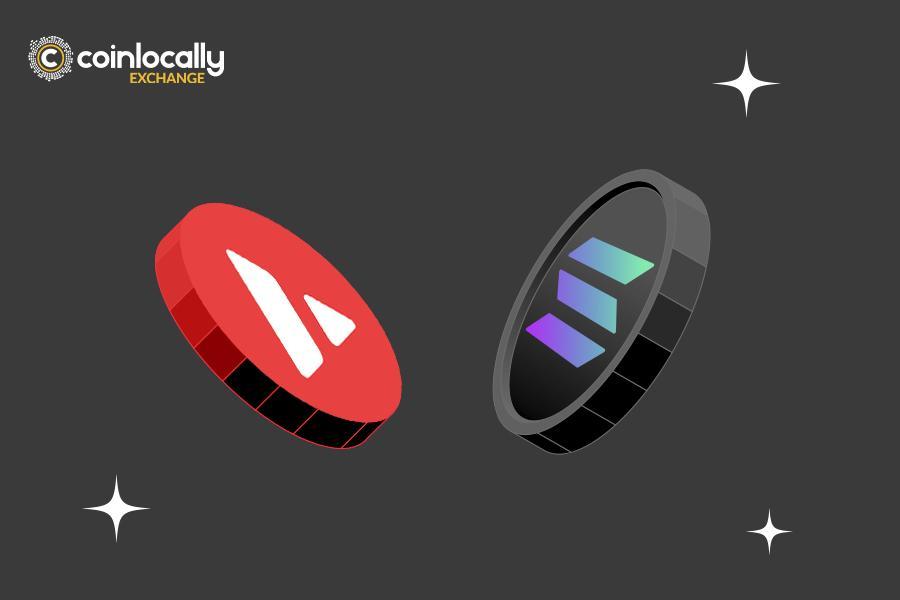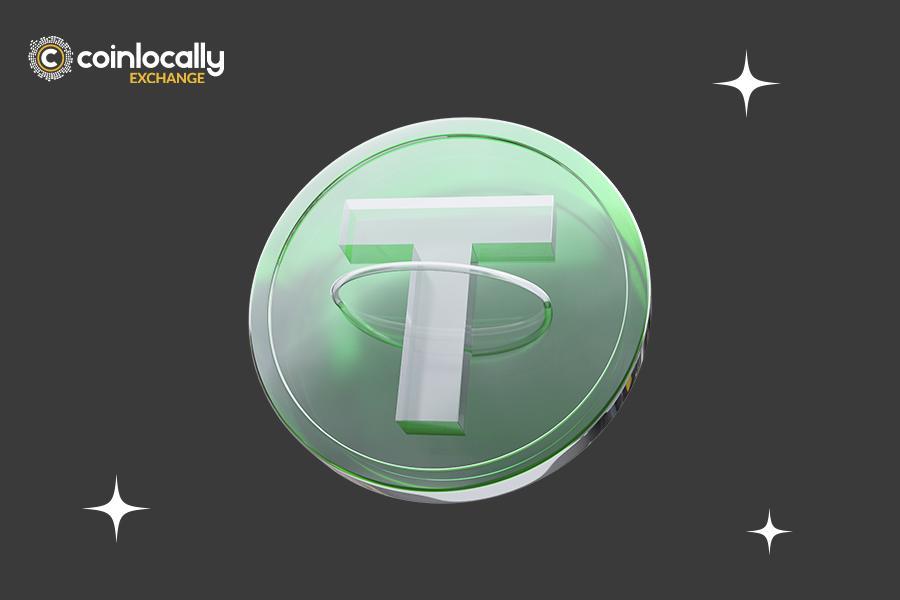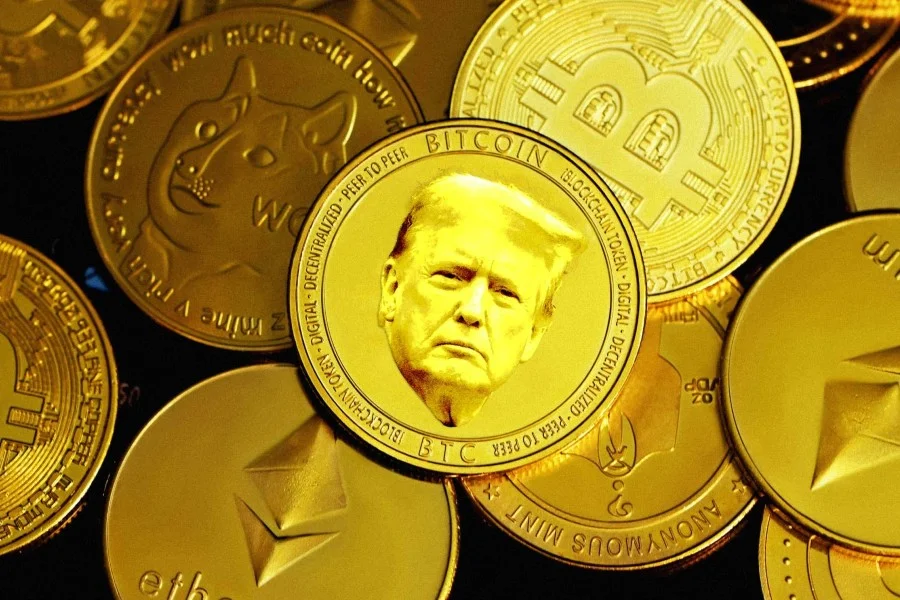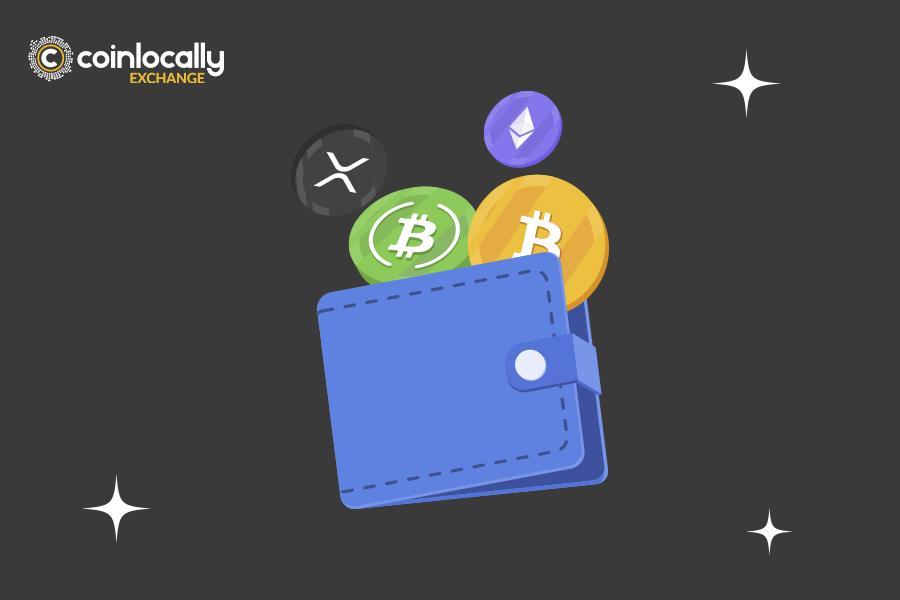Solana (SOL) and Avalanche (AVAX) are two famous crypto projects, which are famous for their scalability, speed, and utility. To learn which one can be a better investment option, we need to compare Solana vs. Avalanche regarding their features, use cases, similarities, differences, and price trends.
Table of Contents
What Is Solana (SOL)?
To compare Solana vs. Avalanche, we first need to learn about the features of each project. Solana is a high-performance blockchain platform that aims to enable fast and cost-effective decentralized applications (dApps).
Solana was launched in 2020 to address blockchain scalability issues while maintaining decentralization and security.
Learn More: What Is the Next Cryptocurrency to Explode in 2025?
Solana Top Features
- High Throughput: Solana can process over 65,000 transactions per second (TPS).
- Low Transaction Costs: Average transaction fees on Solana are about $0.00025.
- Proof of History (PoH): Solana uses a PoH consensus mechanism that timestamps transactions to increase speed and efficiency.
- Scalability: Solana enables horizontal scaling without compromising decentralization.
Solana Use Cases
- DeFi Protocols: Solana powers decentralized exchanges (DEXs) like Serum.
- NFT Marketplaces: Various NFT platforms, such as Magic Eden, operate on Solana.
- Web3 Applications: Solana supports a wide range of dApps.
- Gaming: Solana provides high-speed transactions so it is preferred by blockchain gaming platforms.
What Is Avalanche (AVAX)?
Avalanche is also a high-speed blockchain platform launched in 2020. It also aims to provide a scalable and customizable ecosystem for dApps and enterprise blockchain deployments.
Learn More: Solana vs. Polygon (Matic): Which Is Better, Faster & Cheaper?
Avalanche Top Features
- Subnets: The Avalanche ecosystem enables customizable blockchains known as subnets.
- High Throughput: Avalanche can process about 4,500 transactions per second (TPS).
- Consensus Mechanism: Avalanche uses its specific consensus protocol to ensure high scalability and security.
- Interoperability: The Avalanche platform bridges to Ethereum and other blockchains.
Avalanche Use Cases
- DeFi Applications: Avalanche hosts platforms like Aave and Trader Joe’s.
- Enterprise Solutions: Avalanche supports private and permissioned blockchains for businesses.
- NFT Marketplaces: Various NFT platforms, such as Kalao, operate on Avalanche.
- Cross-Chain Interoperability: Avalanche aims to provide seamless communication between blockchains.
Now that we know the basics about Solana and Avalanche, we can compare and contrast Solana vs. Avalanche. Let’s start with their similarities.
Similarities Between Solana and AVAX
- Both Solana (SOL) and Avalanche (AVAX) are layer-1 blockchains offering high throughput.
- They prioritize scalability and low transaction costs.
- They are both popular among DeFi, NFTs, and Web3 applications.
- They have both been launched in the same year (2020) and have been developing quickly ever since.
Despite these similarities, these two platforms have many differences. Let’s compare Solana vs. Avalanche and focus on their differences.
Learn More: Polygon vs. Polkadot: Which One Is a Better Investment?
Key Differences Between Solana vs. Avalanche
Solana and Avalanche differ in their technology, transaction speed, ecosystem, and scalability. Let’s see how each one performs in these categories.
Technology
- Solana uses a Proof of History (PoH) consensus mechanism together with a Proof of Stake (PoS) model.
- Avalanche leverages the Avalanche consensus mechanism to increase scalability.
Transaction Speed
- Solana processes over 65,000 TPS.
- Avalanche processes about 4,500 TPS.
Ecosystem
- Solana focuses on gaming and NFT marketplaces.
- Avalanche emphasizes DeFi and enterprise solutions.
Scalability
- Solana provides horizontal scalability with a single global state.
- Avalanche provides customizable subnets to modify based on scalability needs.
The following table summarizes the main differences between SOL and AVAX to help you compare them easily.
| Feature | Solana | Avalanche |
| Consensus Mechanism | Proof of History + Proof of Stake | Avalanche Consensus |
| TPS | +65,000 | ~4,500 |
| Transaction Cost | ~$0.00025 | ~$0.001 |
| Ecosystem Focus | Gaming, NFTs | DeFi, Enterprises |
Two other important factors to consider when comparing Solana vs. Avalanche are their price performance since their launch and price prediction for the coming years. So, let’s review their price history and price predictions to see which one has more growth potential.
Learn More: Cardano vs. Ethereum: Which Is a Better Long-Term Investment?
Solana vs. Avalanche Price History
- Solana was launched on Apr 11, 2020, with an initial trading price of $0.957606.
- Avalanche was launched on Sep 22, 2020, with an initial trading price of $5.28.
- During the early months, Solana fell to its lowest price of $0.5008 on May 11, 2020.
- Avalanche also experienced its lowest price of $2.80 on Dec 31, 2020.
- Solana fluctuated in the same range for about 10 months and finally on Feb 24, 2021, started to see the first peaks and reached $15.16.
- Avalanche fluctuated in that range for over a year and finally reached $13.13 on Jan 18, 2021.
- The uptrend continued for Solana, and it could hit $188.28 on Sep 10, 2021.
- On the same day, Sep 10, 2021, each Avalanche coin was traded at about $40.95.
- Solana kept growing in price and reached $250 on Nov 10, 2021.
- During the same days, Avalanche hit its All-Time High of $144.96 on Nov 21, 2021.
- After that high peak, Solana started decreasing in price and reached $132 on Apr 5, 2022.
- After its ATH, Avalanche started a downtrend and reached $95.44 on Feb 17, 2022.
- The downtrend continued for SOL, and it reached a low price level of $9.96 on Jan 2023.
- The downtrend continued for Avalanche, too, and each AVAX coin was traded at $16.83 on Oct 8, 2022.
- However, Solana started to recover the price and reached $112.45 on Dec 25, 2023, and $194.48 on Mar 31, 2024.
- Avalanche could also recover slightly and reach $48.36 on Dec 26, 2023.
- Solana continued reaching highs and hit its All-Time High of $263.21 on Nov 23, 2024.
- Avalanche spent most of 2024 in low levels and was traded at $21.37 on Sep 6, 2024.
- Today, on Dec 9, 2024, each SOL coin is traded at around $227.40, which is 13.8% lower than its ATH but 45190.1% higher than its ATL.
- Today, each AVAX coin is traded at about $50.34, which is 65.3% lower than its ATH but 1697.5% higher than its ATH.
Learn More: The Best NFT Marketplaces in 2024 for Beginners by Fee and Volume
AVAX vs. Solana Price Predictions
The following table summarizes the crypto experts’ opinions about the price performance of AVAX vs. SOL in the coming years.
| Year | Token | Min. Price | Ave. Price | Max. Price |
| 2025 | Solana | $178.77 | $183.98 | $218.10 |
| Avalanche | $75.15 | $77.30 | $91.40 | |
| 2026 | Solana | $263.38 | $272.58 | $306.46 |
| Avalanche | $105.23 | $109.10 | $126.36 | |
| 2027 | Solana | $378.55 | $392.18 | $445.21 |
| Avalanche | $151.12 | $155.49 | $185.14 | |
| 2028 | Solana | $548.64 | $564.32 | $655.08 |
| Avalanche | $224.84 | $232.62 | $264.57 | |
| 2029 | Solana | $760.46 | $788.67 | $926.28 |
| Avalanche | $329.65 | $341.28 | $393.62 | |
| 2030 | Solana | $1,092 | $1,124 | $1,308 |
| Avalanche | $474.01 | $491.08 | $559.41 |
Which One Is a Better Investment?
So, which of these two cryptocurrencies can be a better choice: AVAX or SOL? Although comparing these two projects gives us valuable insights into their potential, choosing between Solana and Avalanche depends on your investment goals, trading method, and risk tolerance.
Both projects have their pros and cons, and you need to choose the one that best fits your investment strategy and finances.
Solana’s focus on NFTs and gaming makes it interesting for those seeking entertainment-focused blockchain projects. However, Avalanche’s emphasis on DeFi and enterprise solutions makes it a better choice for institutional and financial investors.
Conclusion
Before making any investment decisions, it is wise to consult trustable financial experts, weigh your options, and do your own research to make informed investment decisions.




